Benin is a country noted for the presence of different tribal groups. During its history, probably the one that stood out the most was the kingdom of Dahomey (formed in the current Abomey and where we find the different royal palaces. If you want to know more, you can click here) which was considered one of the most warlike groups and, therefore, most feared by the rest of the ethnic groups in the area.
The strength of the kingdom of Dahomey, which often during its expansions captured enemies and sold them to European colonizers as slaves, caused many groups to hide in the mountains or in inaccessible places. For example, the Tofinu people took refuge in the waters of Lake Nokoué, a town that today is known as Ganvié (if you want to know more, you can click here); or the Taneka people took refuge on top of the mountains of central Benin so as not to be captured by the kingdom of Dahomey (if you want to know more, you can click here); or the village Betammaribe (also known as the Pays Somba) which stands out for its houses built in the form of fortifications (if you want to know more, you can click here).
So, if you travel to Benin you will discover a very interesting ethnic and cultural richness, with different ethnic groups that still exist to this day. Apart from the groups we have already mentioned, you can also find other tribes such as the Holi or the Fulani, two tribal groups that are usually located between the area of Porto Novo-Cové-Dassa and that we visited in one day thanks to the knowledge of Euloge, the founder of the travel agency Loana Travel and who accompanied us for a few days during our tour of the south and center of the country.
Next, we will explain how was the meeting with these two groups and we will explain more characteristics that make your trip to Benin become a cultural trip, where apart from discovering the meaning of voodoo or observing the beauty of Grand Popo (if you want to know more you can click here), you will be able to meet a variety of very different ethnic groups.
Holi ethnic group
The Holi ethnic group is a tribal group living around the Cové area of central Benin. They were originally from Nigeria, where there was another warrior group known as the Yoruba. In fact, the Yoruba drove them out of Nigeria and took refuge in central Benin. They were right in the middle of a conflict of a larger dimension: the war between the kingdoms of Dahomey and the Yoruba kingdom. The latter asked the Holi to return (once they were kicked out) with them in order to have greater strategy and more resources in the conflict with the Dahomey; but the Holi refused and remained in the area they now inhabit.
One of the most impressive features of this group is their body scarifications. For example, both men and women wear scarifications on their faces as a symbol of identity and also a symbol of beauty. In addition, women also made scarifications and tattoos on their bellies to proudly show that they are carriers of new life when pregnant. These signs of identity saved them from an even more tragic future: the slave trade. Europeans asked different local groups to look for people without scarifications, because they were considered impure, so the Holi tribe escaped these captures because of their essential sign: scarifications.
The first day we went out with Euloge de Cotonou, we went to the main road between Porto-Novo and Cové; And at a breakwater, we turned around and went into an agricultural area. After a few minutes, we stopped the car at a dirt field where we were greeted by a large number of Holi children who were there. With them holding hands, curious about our skin, our hair and our hair, we walked for a while until we reached a village of bamboo cabins. We were in a village of the Holi ethnic group.
There, we met an older woman who showed us her tattoos on her belly and we could observe different scarifications, a hallmark of this ethnic group. Today, however, young Holi people carry far fewer scarifications as they find it embarrassing in the face of the external world. Because of these cuts throughout its body, the Holi group has been singled out as an all-rural, poorly formed group and has become the laughter of many other tribal groups. Currently, in the surrounding schools where they were located, different ethnic groups were mixed and young people were less and less interested in maintaining this ancestral tradition characteristic of this group.
The Holi population is mainly agricultural. They are said to have previously been cannibals. Not out of necessity, but to bury their ancestors. For them, the best way to honor the dead was to eat them because that way you carried a piece of that person inside you.
After meeting in the center of the village where the older people invited us to a shot of a local alcoholic drink, Euloge told us that we had to leave because we had to go to a nearby place where they were holding a celebration that was of the traditional Yoruba group. We left behind this Holi village impressed by the body marks that characterized this group and by their insistence on not letting us hand in hand. In fact, when Stephen lifted his shirt to show off his furry pectorals, everyone was scared as they are not used to having such brown, leafy hairs on their bodies!
We left and headed back to the road. After about half an hour that flew by, in the middle of some houses in a small village we saw different vehicles parked and many people gathered in a small square that had a centennial tree planted in the middle. We left the car on the side of the road and when we approached, we could see that we would be luxury spectators of one of the most important dances of Benin’s traditional culture: the Geledé dances, declared Intangible Cultural Heritage of Humanity by Unesco in 2001.
The Geledé dance, one of the most important ceremonies for the Yoruba
The Geledé ceremony is a ceremony held in Benin, Nigeria and Togo by the Yoruba community through singing, drum music and masked dances. It is carried out when harvests are over and also in important events such as births, some funerals and marriages or in cases of drought or epidemics. In our case, it was to celebrate the end of harvests and also to celebrate the absence of epidemics.
In a small square, under a tree of thick bark but which was not very tall either, a few musicians gathered together with four tam-tam clapping their hands loudly to make the music play. Some children watched expectantly at the start of the ceremony with the appearance of the first character wearing a mask known as the Ogbagba. This person danced to the rhythm of music and represented the messenger of the gods. Afterwards, different characters followed each other with a common characteristic: they all wore impressive masks decorated to detail and danced in the middle of the square between the shouts of the people and the frightened gaze of some children who were afraid of the appearance of those strange beings.
Some characters appear in skirts, others with ankle bracelets, others wore animal masks… They were all representations of Yoruba society and tradition, one of the most important tribal groups in all of West Africa. For this reason, all the songs were also in their local language.
The masks were of extraordinary beauty, handmade and with extreme delicacy and pointillism. Sculpted by artists from a piece of cylindrical wood and painted in polychrome, most masks have characteristics common to other Yoruba artworks such as almond eyes or three small scarifications over the eyes or forehead.
Each time, the party was increasing in intensity. While people sang and circled the tree in the square, the older people of the village were sitting on a makeshift bench at the forefront of the show. Children who molested or interfered throughout the celebration were punished with cocks and beatings by adults. Local alcohol was also running among the participants, and some were already drunk.
Dancers kept coming out, and tam-tam music kept echoing in that small square in a small town in central Benin. There, people were very happy about the harvest and, for this reason, they celebrated with this tradition that was very popular within the Yoruba community. Being part of that show made us very happy!
Since we were the only white people there, curious children and adults came to us to chat for a while, touch our skin and take some pictures together. They also encouraged us to dance with them to participate in the Geledé party, while we had the characters of the masks next to us who did not stop moving to sound their bracelets and continue with the dance.
On that afternoon in May, there was an incredible uproar in that small village radiating happiness and madness. An intergenerational mix (grandparents, young people and children) shared that party with joy and the music adorned all that props that were incredible to experience firsthand. The Geledé dance was one of the most important dances of the Yoruba community and we had been lucky enough to witness it… Again, thank you Euloge and thank you Benin!
After spending some more time in the square, sharing drinks and laughter, we left that small village that was still partying and went to Cové, where we arrived at night. There, we would spend the night since tomorrow we had to visit one of the other ethnic groups in Benin known as the Fulani.
Fulani ethnic group
The Fulani, also known as peuls in French, are one of the few remaining ethnic groups in Africa that still retain the nomadic lifestyle. This characteristic has caused it to have had many clashes with other tribal groups over the control of the herds and also the area where they pass and inhabit.
That morning, we in our car started driving along some very narrow dirt roads, with bushes that were getting bigger and bigger and following what looked like motorcycle wheels. Suddenly, we stopped at a place that was away from the path and there in the background we could see the huts of the Fulani tribal group.
The Fulani people are a truly fascinating people who live submerged in nature and cut off from progress. It is a town that lives mainly from livestock and that moves in search of food for all its members. It is a people that is present in different African countries and whose origin is not very clear.
We were able to observe the women and girls of that makeshift Fulani camp because the men had gone to graze the herds. The Fulani women and girls stood out for their beauty, with a skin color that was not entirely dark and very beautiful facial features. Many wear necklaces and bracelets, and some even get tattoos to emphasize their beauty.
We were able to talk to them for a while through signs, games and smiles; and we could see their houses up close. They were all made of logs which, when put together, were igloo-shaped; and there lived for a few months that Fulani community we encountered. After a while, we headed back to the car and said goodbye to one of the other ethnic groups in the country to advance towards Abomey, stopping earlier in the town of Dassa.
Dassa
Dassa is a city known as the city of 41 hills that stands out for being a rural village surrounded by mountains that served as a refuge for the local population to escape the expansion of the Kingdom of Dahomey. Today, you can still find remains of these shelters where different celebrations and voodoo rites are held.
In fact, with Euloge, we walked up to a small mountain where there was a refuge from where spectacular views of the plain of central Benin were obtained. There, there was a person who guarded what was considered a shrine where voodoo celebrations were held in order to connect with ancestors and different deities.
Dassa would be the northernmost point we would reach with the Euloge. Then we drove down to Abomey (if you want to continue learning about our experience in this city, you can click here), where we stopped at the Bohicon Soul Market. Once in Abomey, we were able to enjoy a Champions League final in the square next to the football stadium, with shouts in favor of Real Madrid playing against English Liverpool.
We returned again to the concentration of vehicles, people and noise after those two days where we had discovered small rural villages in central Benin that were part of the ethnic and cultural diversity of the country. The Fulani group, the Yoruba group or the holi group were just examples of that multiculturalism that this country still maintains and that, for this reason, makes it so special. We were lucky enough to discover it and it will surely be one of the best memories of our trip through Benin.


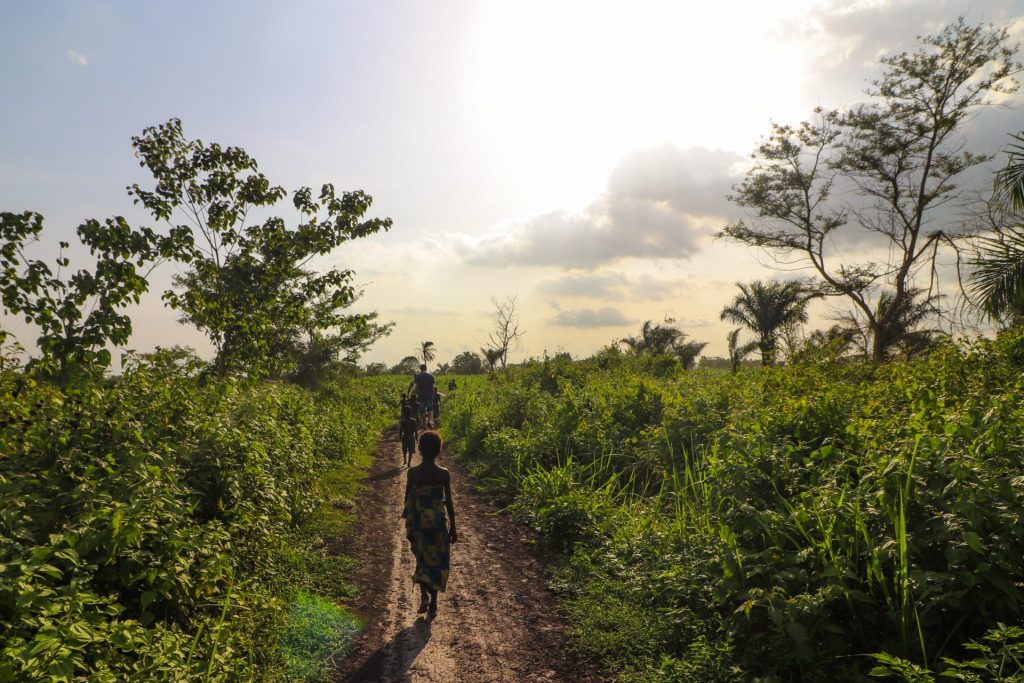
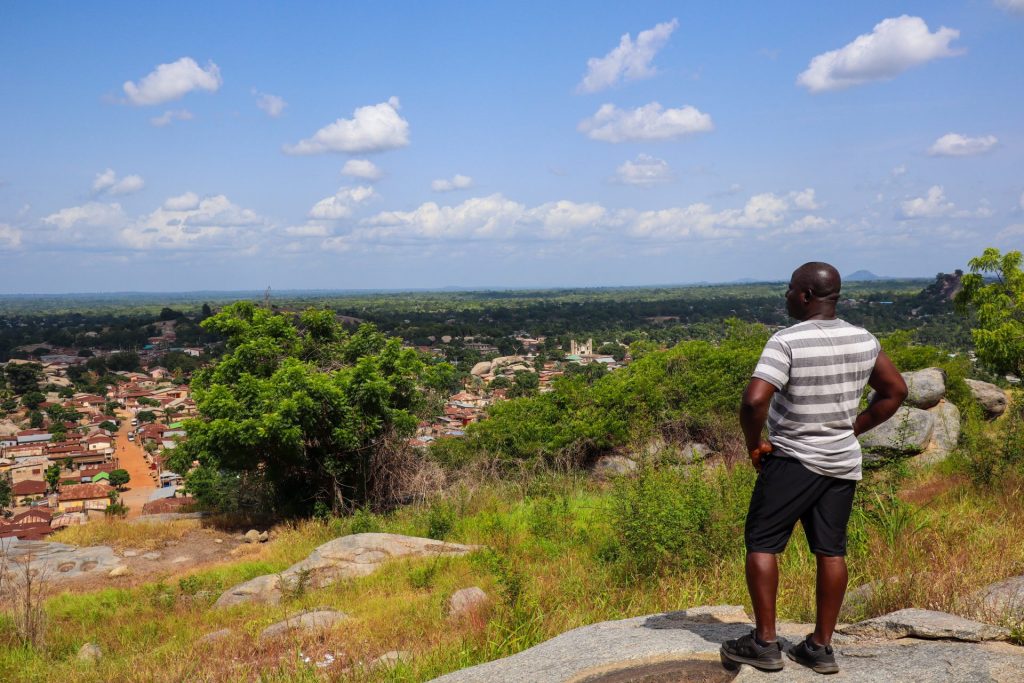
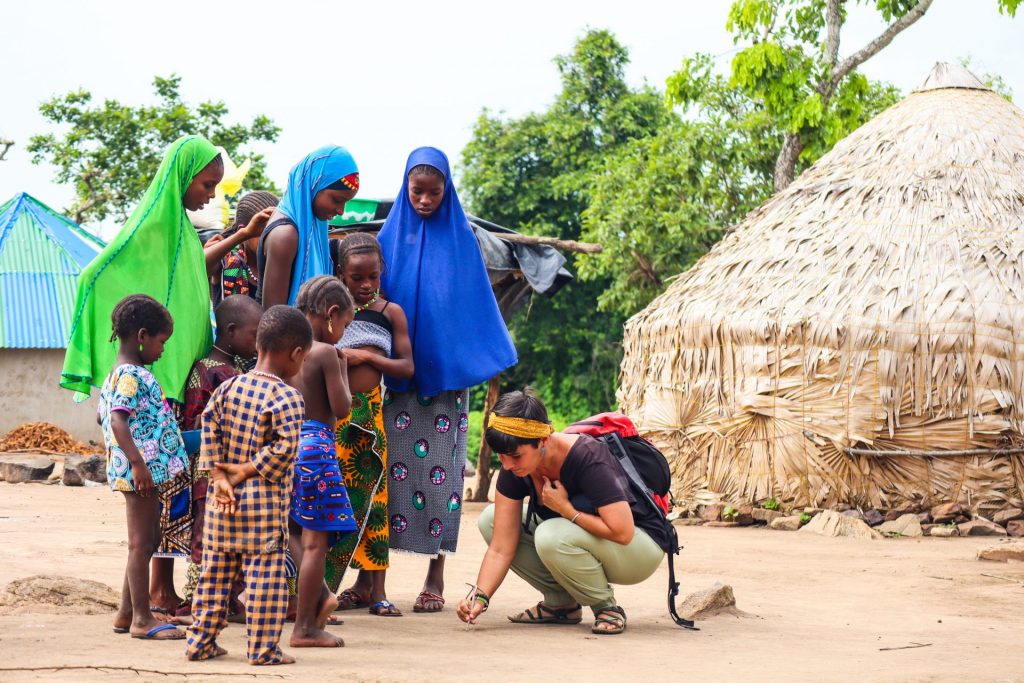
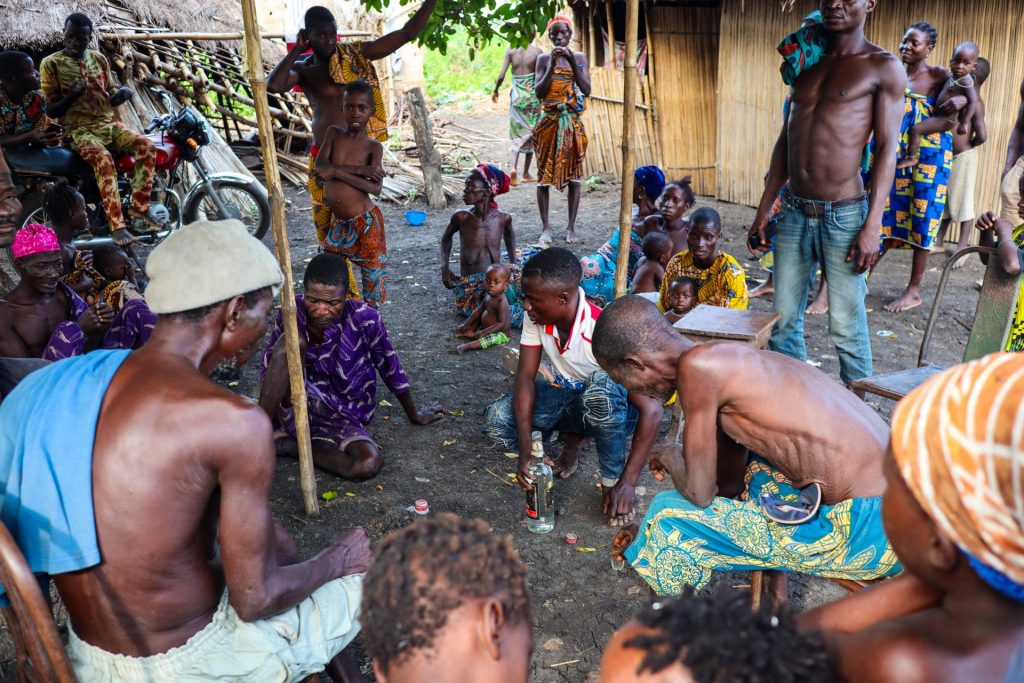

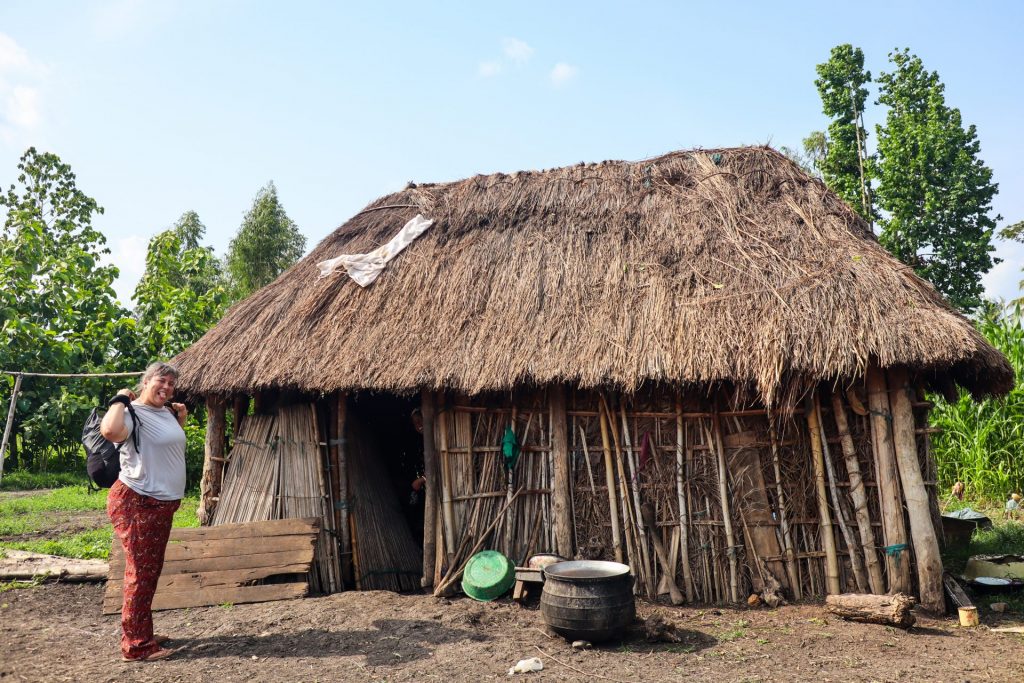
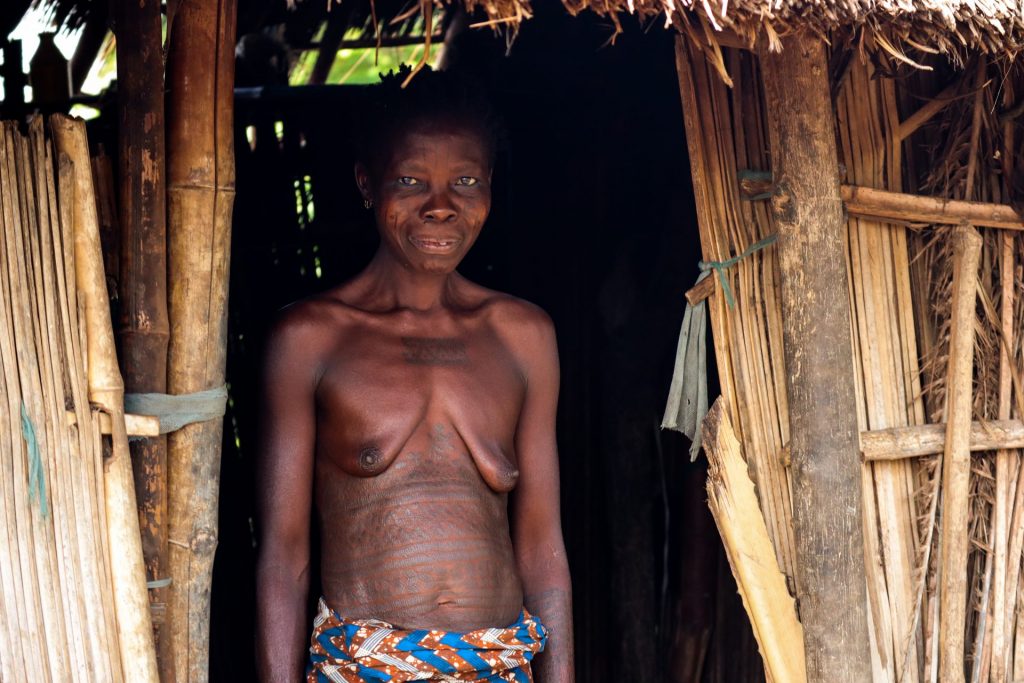

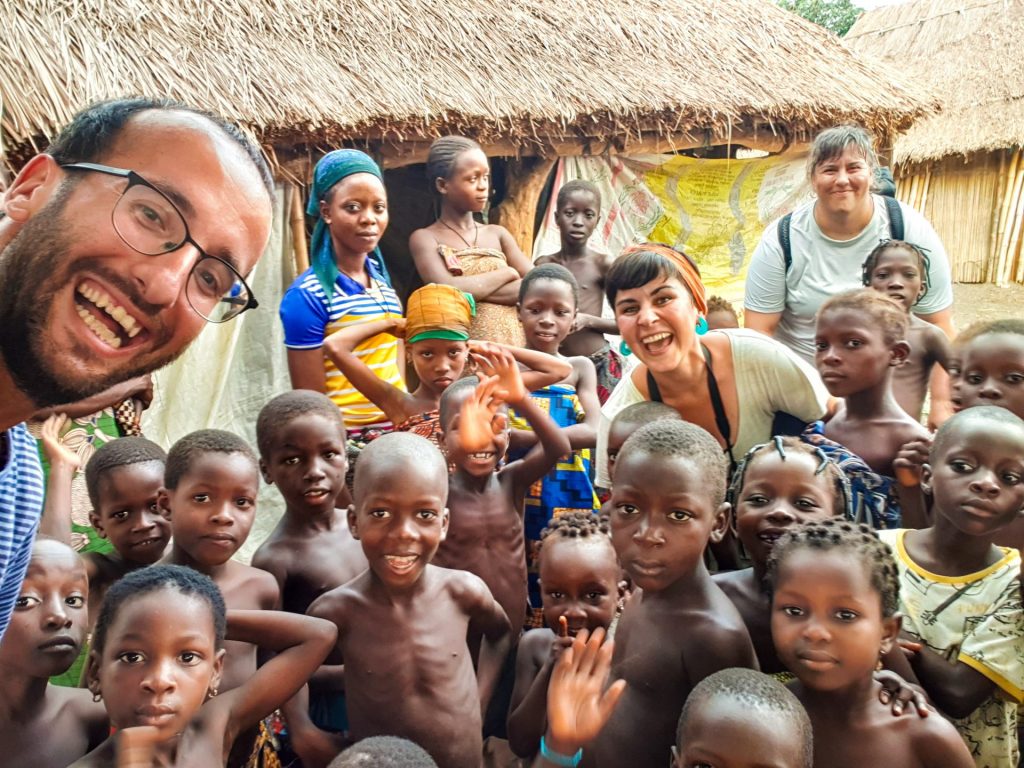
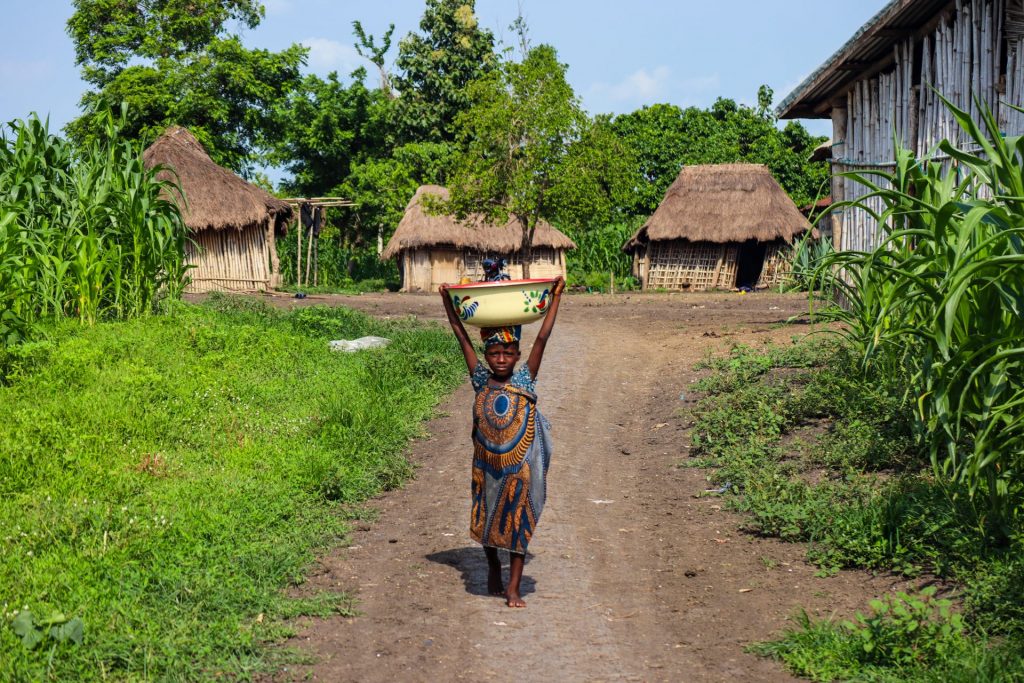
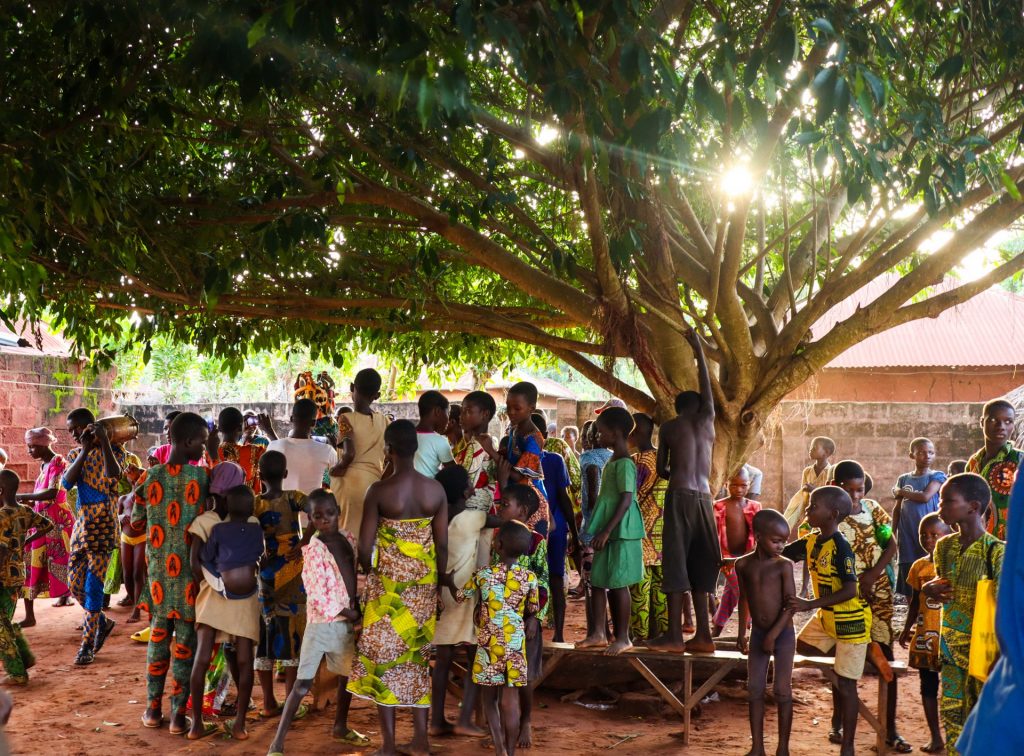

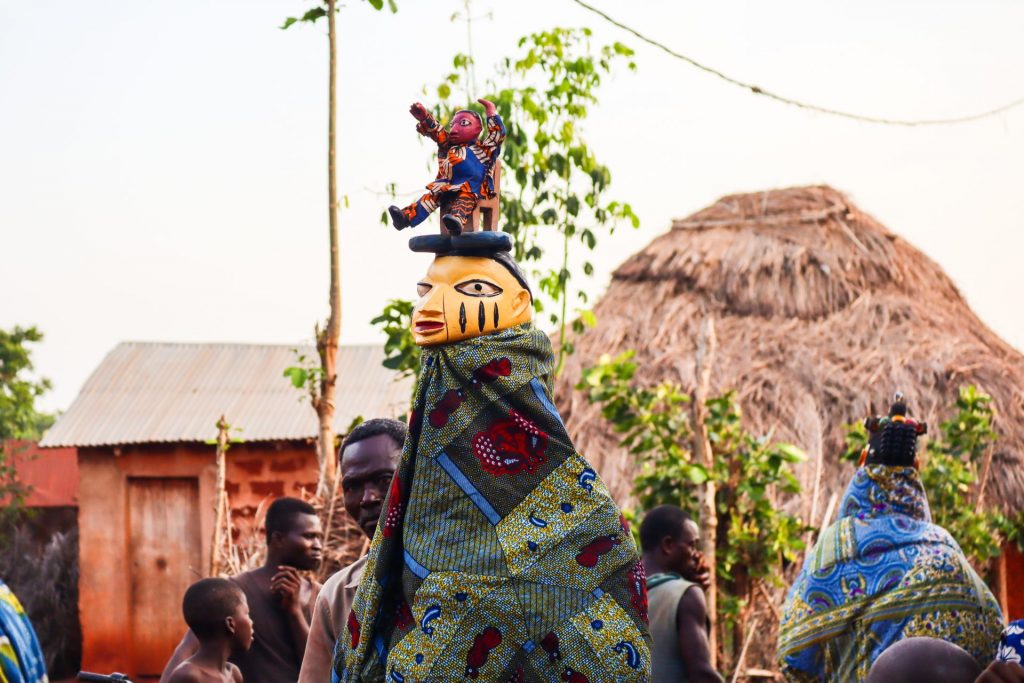

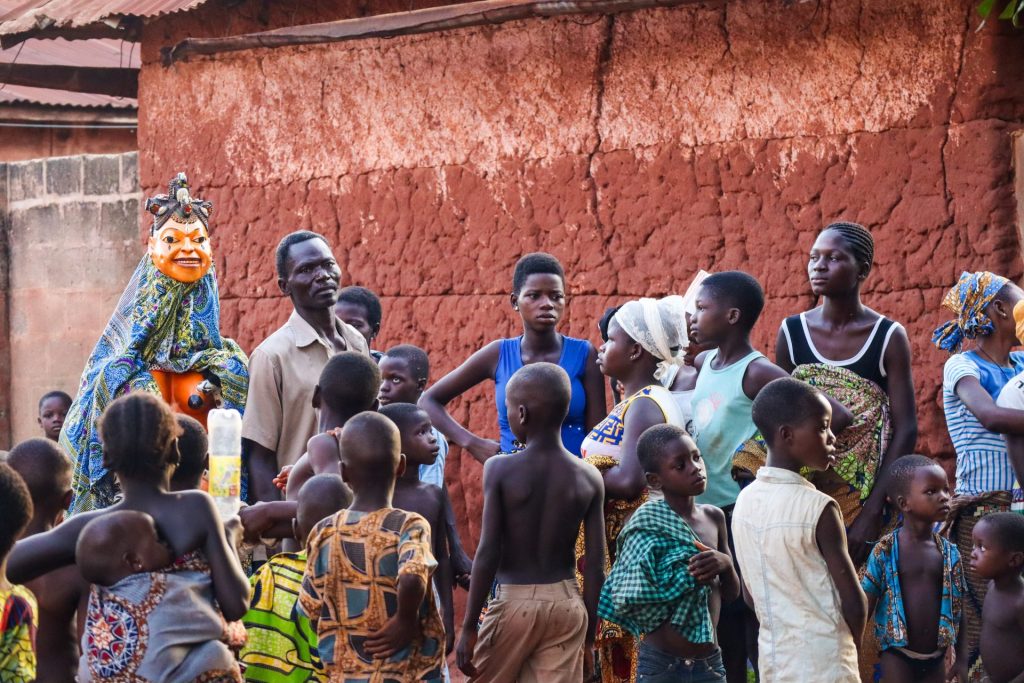
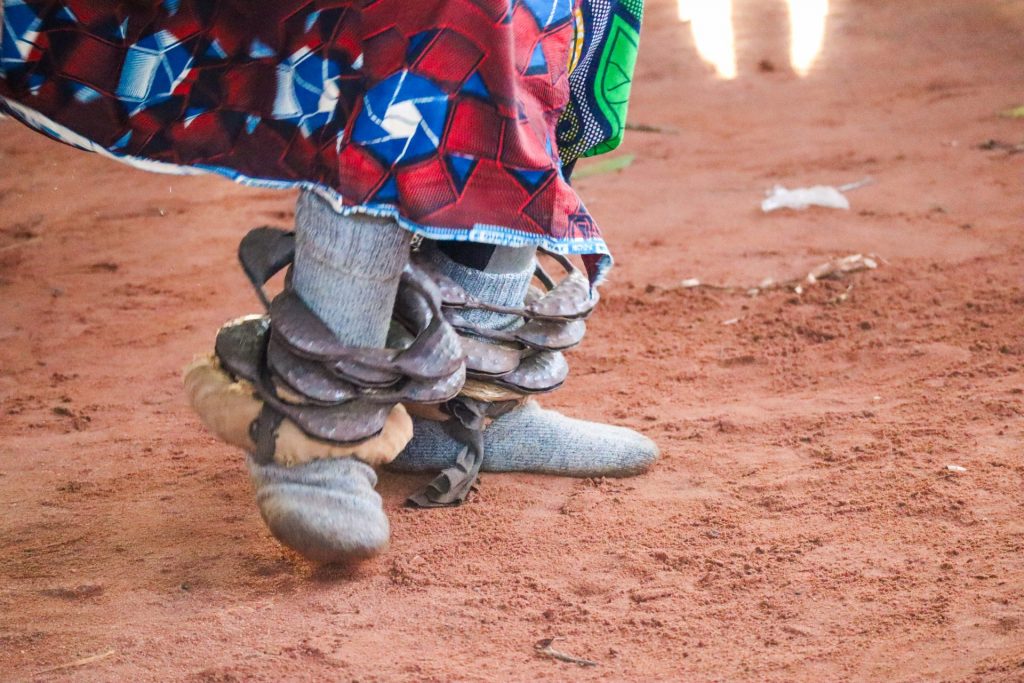
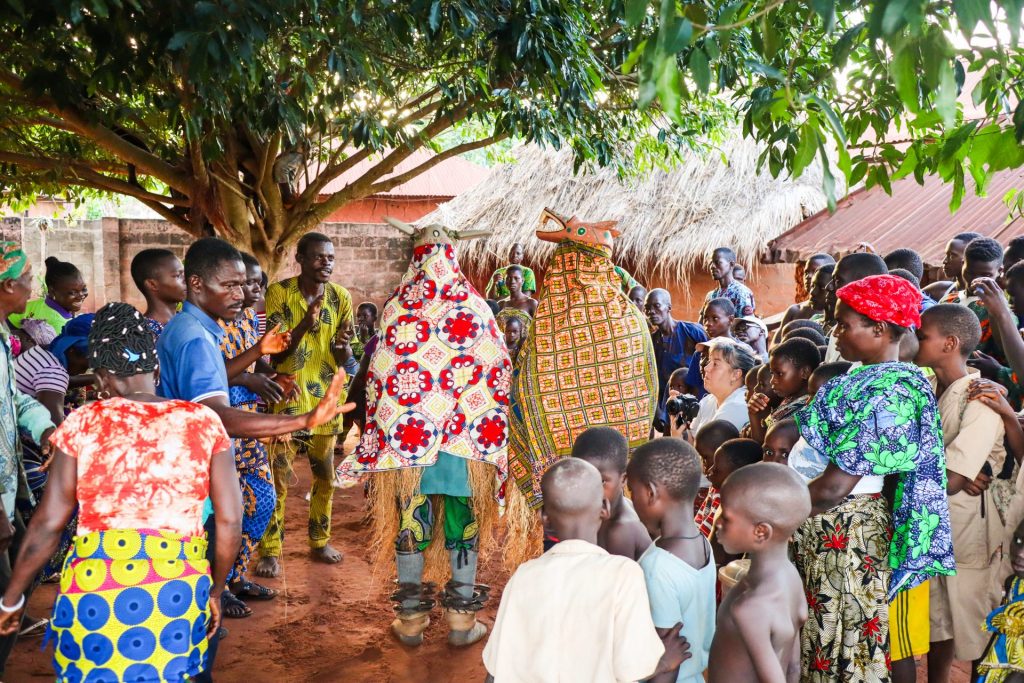

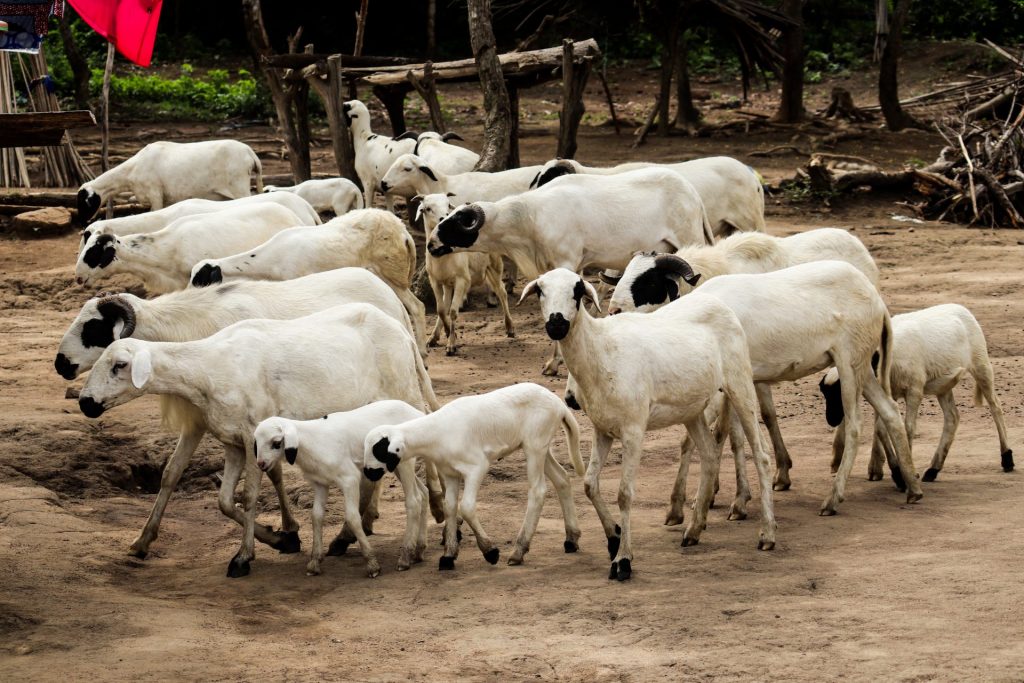
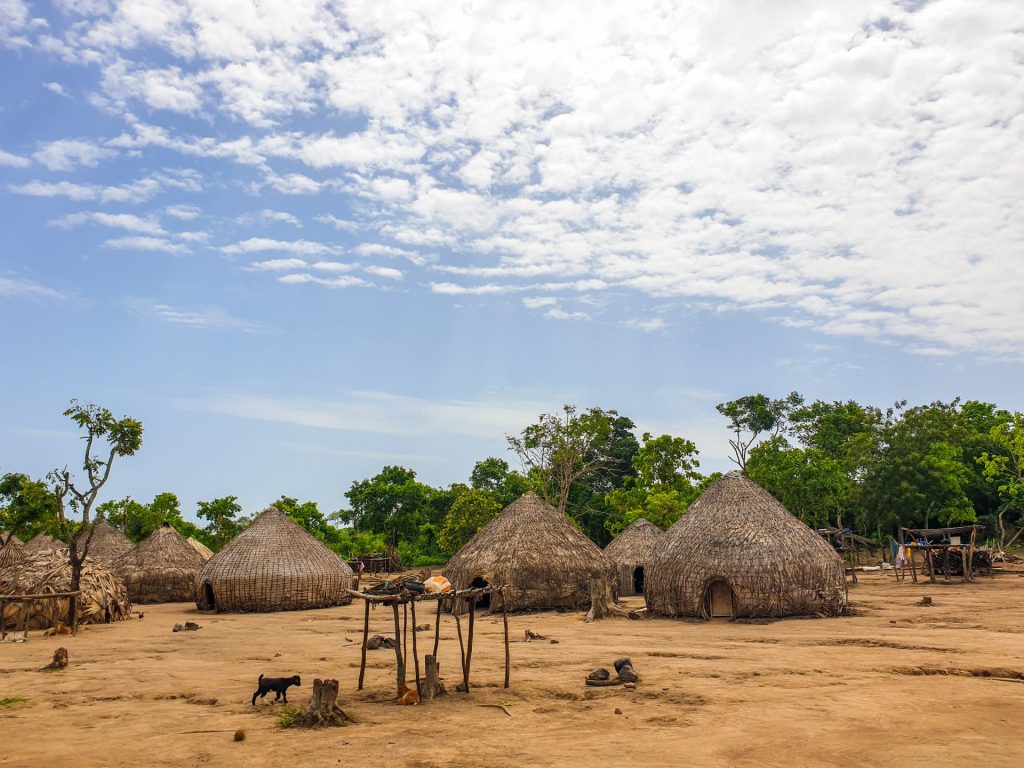
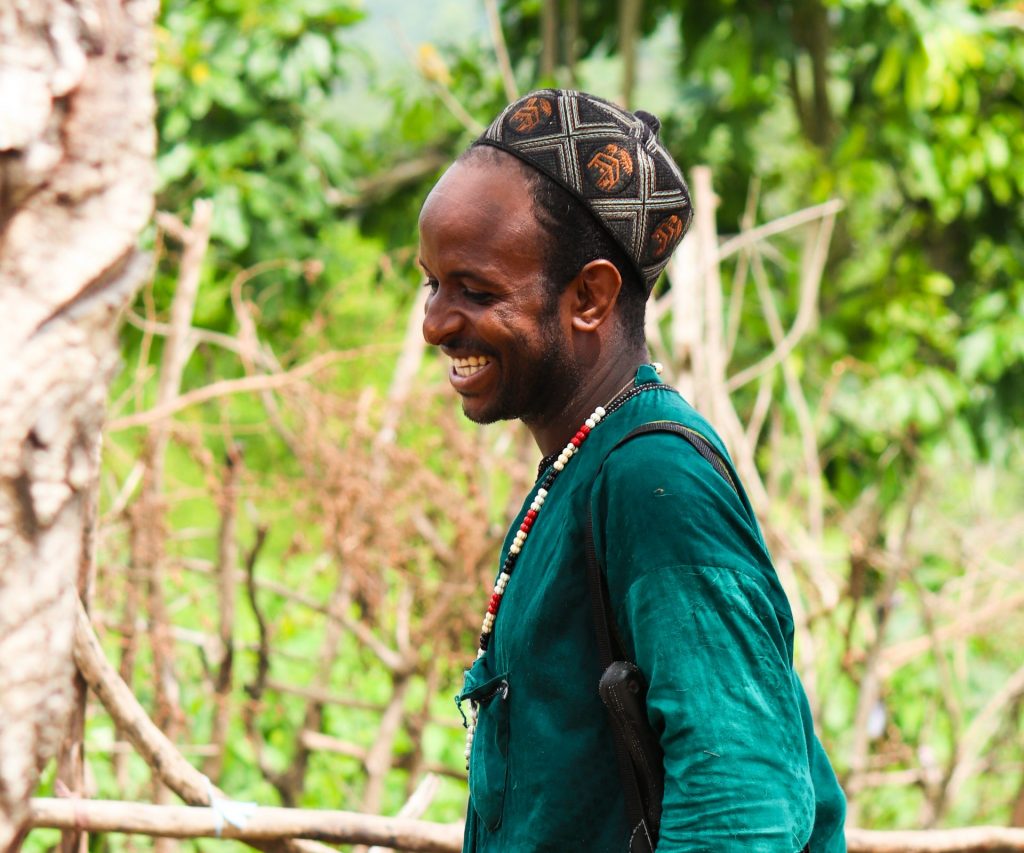
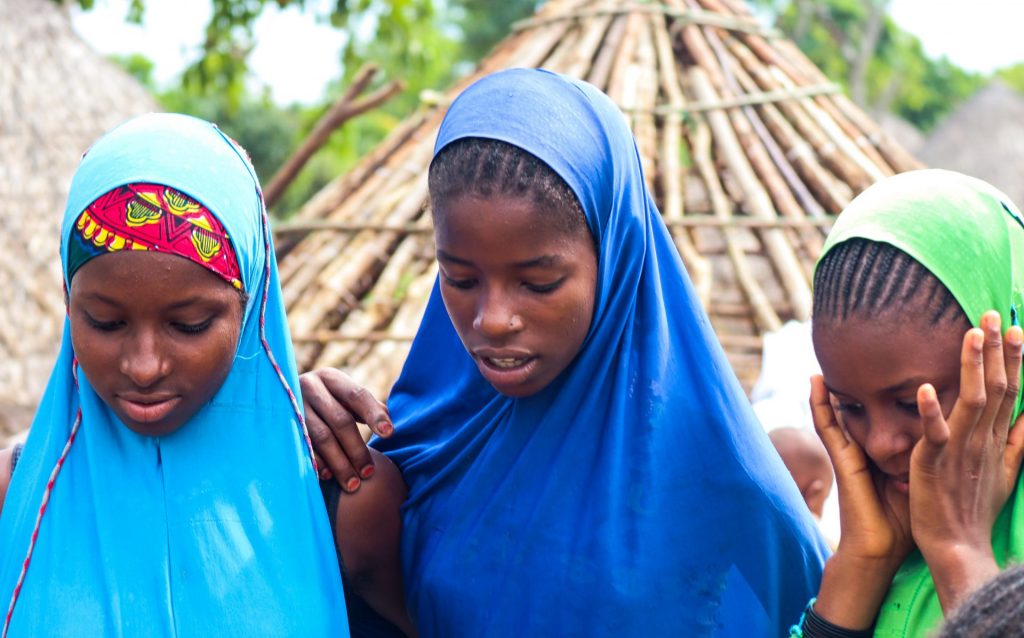
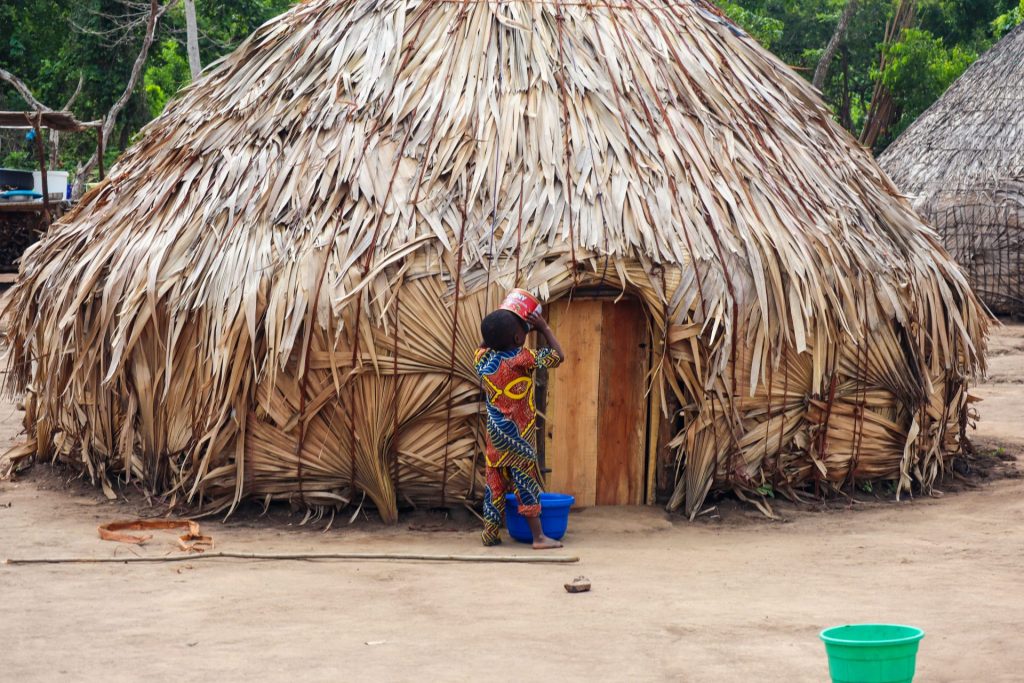
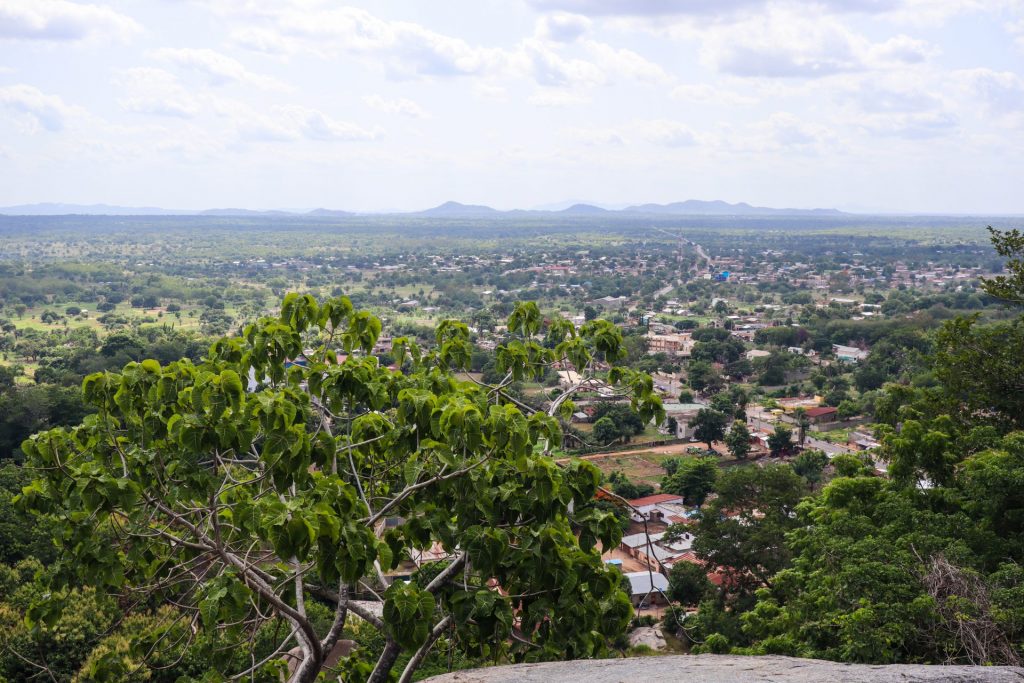




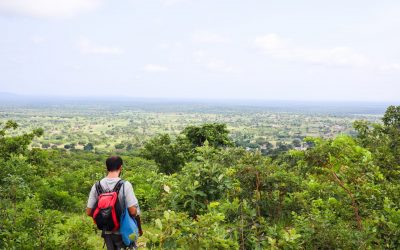

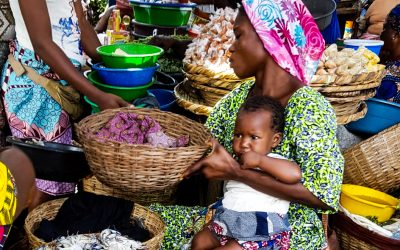
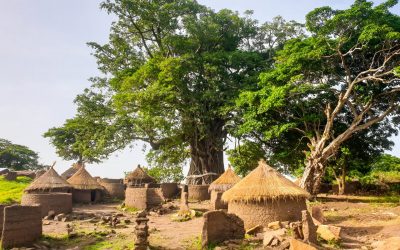

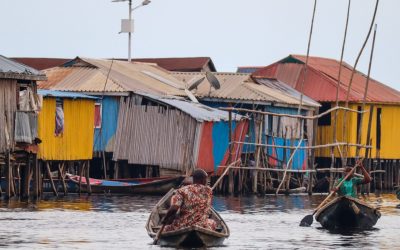
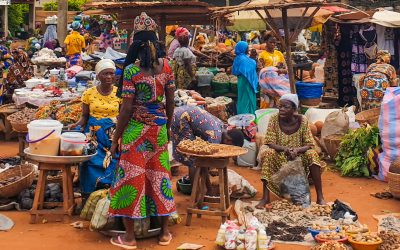
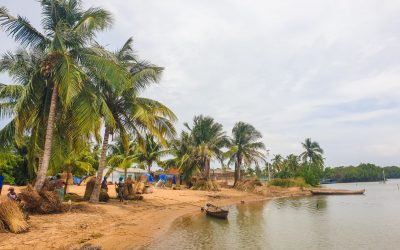
0 Comments